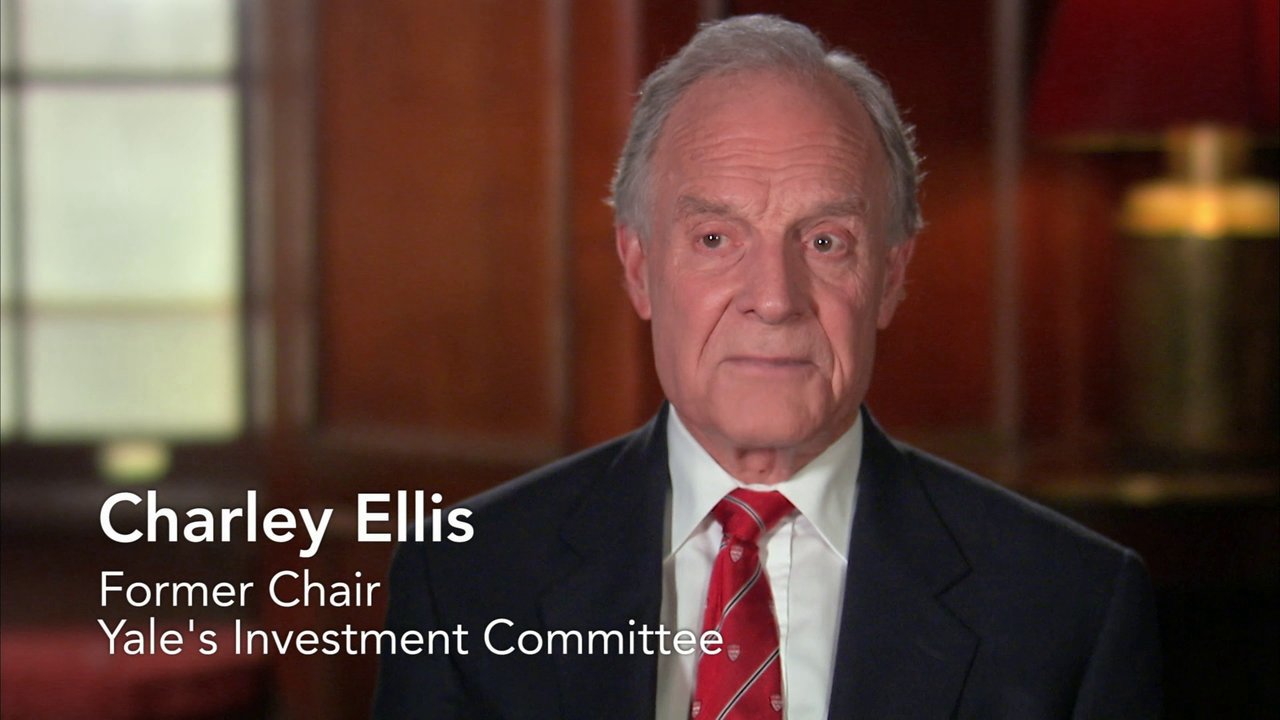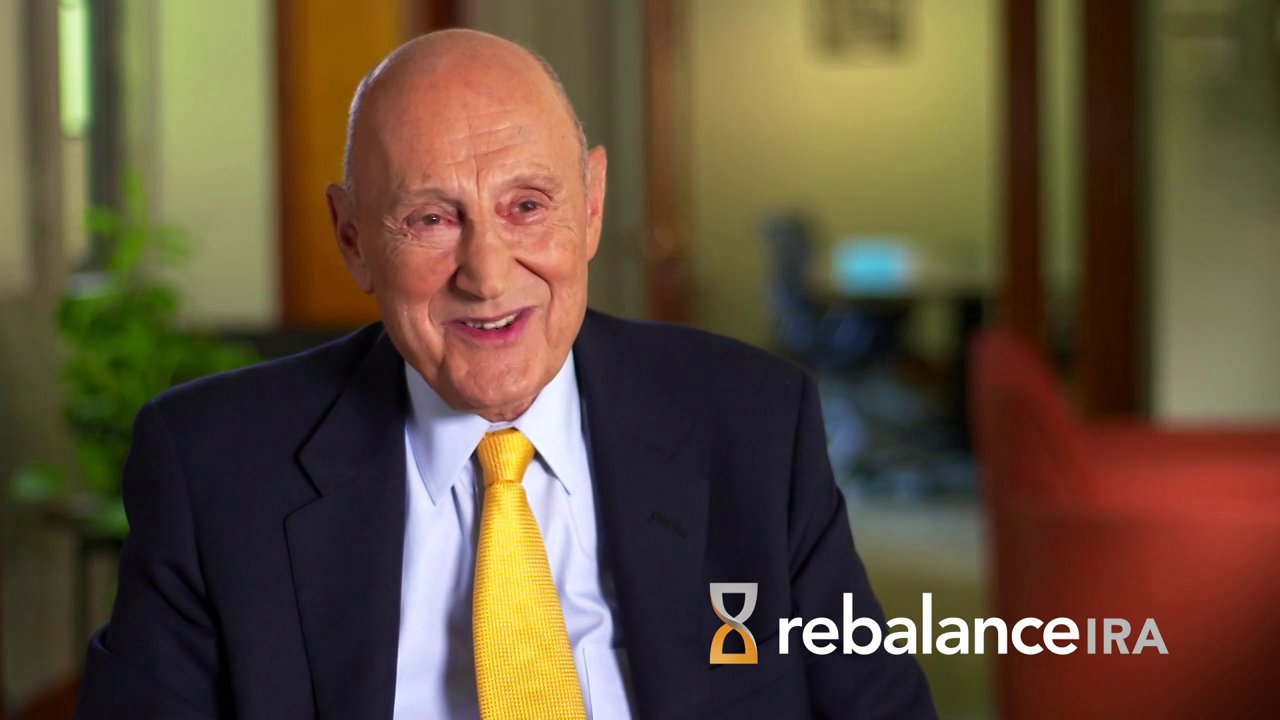Burt Malkiel: Diversification did get a bad name during the first decade of the 2000s. And it got a bad name because what it seemed was that everything was highly correlated together. What the idea of diversification is, you want some asset classes where, when one asset class zigs, the other zags, and you have a more stable portfolio.
And the reason it got a bad name is when you looked at the third quarter of 2008, and I use that because that was the kind of quarter where there were days when the Dow Jones averages fell 50 points — I mean, 500 points, excuse me — in one day. This was the time when everyone was just terribly nervous.
And it got a bad name because everything was going down then. There was no place to hide. The way I remember people talking at that time was, “Diversification fails you just when you need it most.” Well, diversification didn’t fail you in the first decade of the 2000s, because the U.S. market did zero in the first decade of the 2000s. You made no money in the U.S. market. You made no money in the European market in the first decade of the 2000s. You made no money in Japan. But if you had a weighting of emerging market stocks, the fast-growing emerging markets, the Chinas, the Indias, the Brazils, and so forth, even though the ups and downs tended to be correlated, you made about 10% a year.
So it isn’t the case that even when everything is correlated, that the performance of markets is going to be the same. And one of the things that our advisory committee has done is to make sure we are broadly diversified and that we’re going to have some asset classes in there, even though the ups and downs are going to look similar, we’ve got some asset classes that are very likely to do well when others do poorly.







